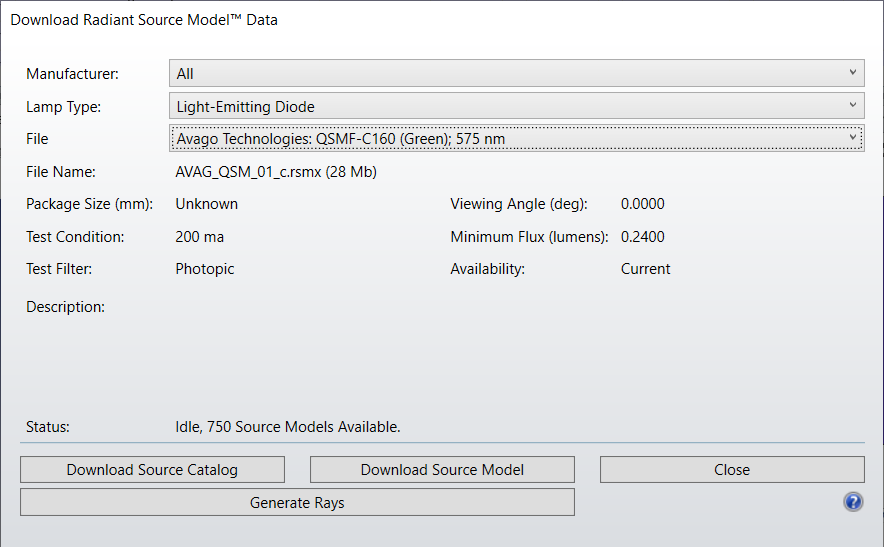I am currently modeling light scattering inside of the human skin. The known mean path for human skin is 0.1 mm. In the knowledge base article
I found that
The Mean Path (mean free path) was set to 0.0001 mm, which is small relative to the 0.1 mm thickness of the volume. The measured OpticStudio values reproduce those results derived from the theoretical model within statistical error, as we would expect for a case in which each ray is only allowed to scatter once (the results will vary from ray trace to ray trace due to statistics, so you will get different – but very similar – numbers).
I am a bit confused what mean path should I use in my model (there is very big difference in the results when using 0.1 mm and 0.0001 mm. May I get more detailed explanation how the reduction of the mean path compensates the single ray scattering approximation. I use the thickness of the volume 0.2 mm, divided in three layers with g between 0.8 and 0.9 and indexes of refraction between 1.34 and 1.5.







